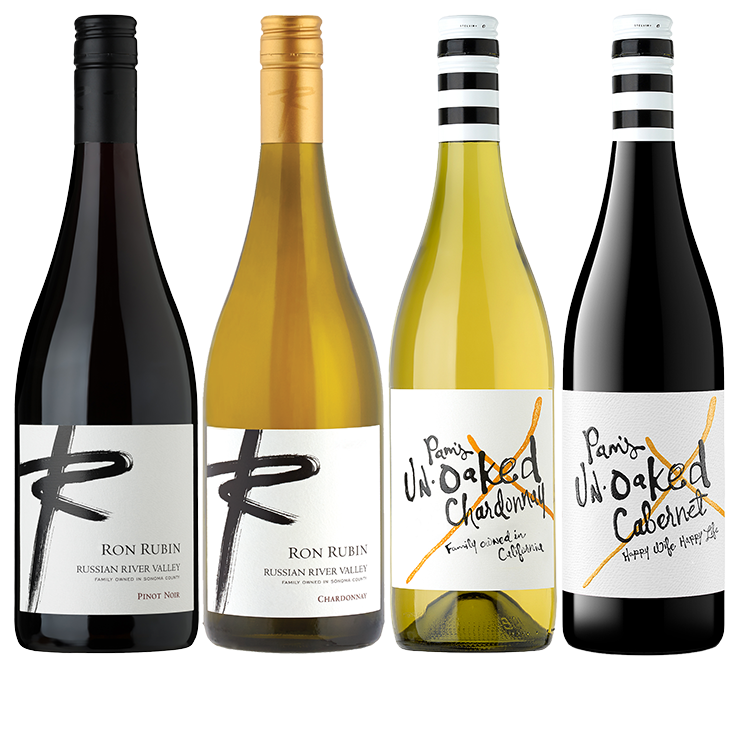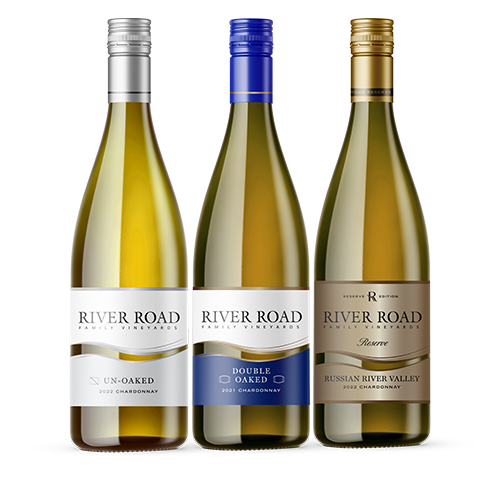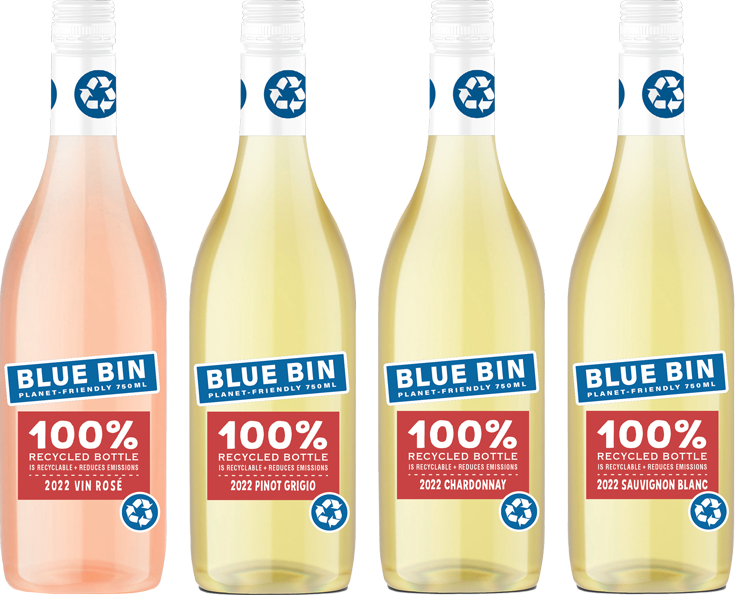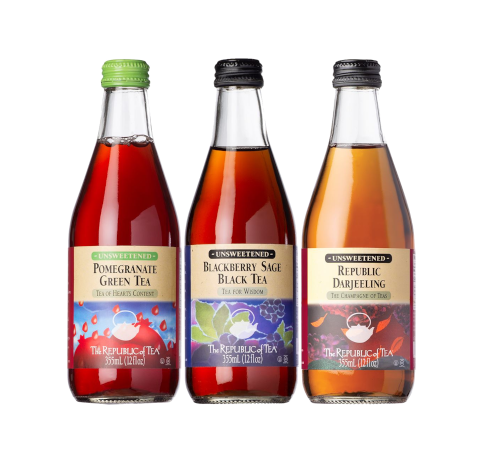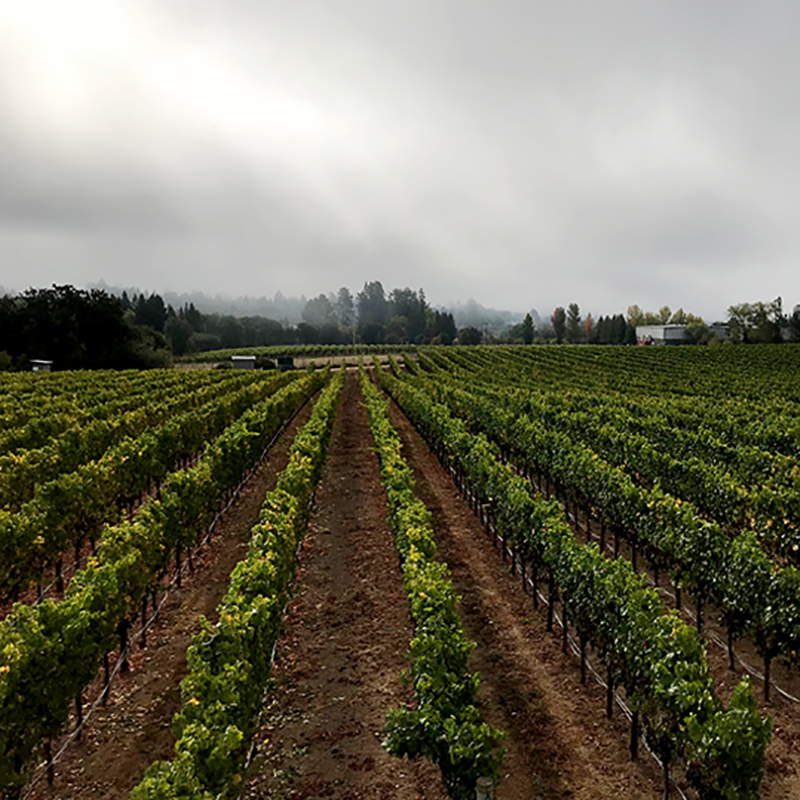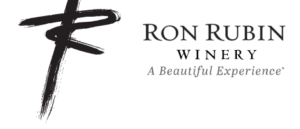HARVEST IS OVER, “CRUSH” CONTINUES
Our final grape harvest date was October 23, but that doesn’t mean that our winemaking and grape growing tasks came to an end on that day. Far from it…although the pace returned to a level of sanity that the entire crew appreciated!
In the vineyard, the main, post-harvest goal was to establish healthy levels of nutrition in the vine, before they entered dormancy. We typically have about a month between picking of the grapes and defoliation of the vines. These four weeks are when the vines switch gears; from a focus on ripening berries, to storing nutrients in the trunk and roots. We actively encourage this with periodic irrigations, small additions of fertilizer, and an application of compost “tea,” while the vines are still leafy and green.
Slowly, in late October, the leaves brown up and drop off the vines. While the vines are going dormant, the cover crop in the vineyard comes to life, adding a green understory to the brown vine rows. The visual difference between September and November couldn’t be more dramatic, as these photos show.
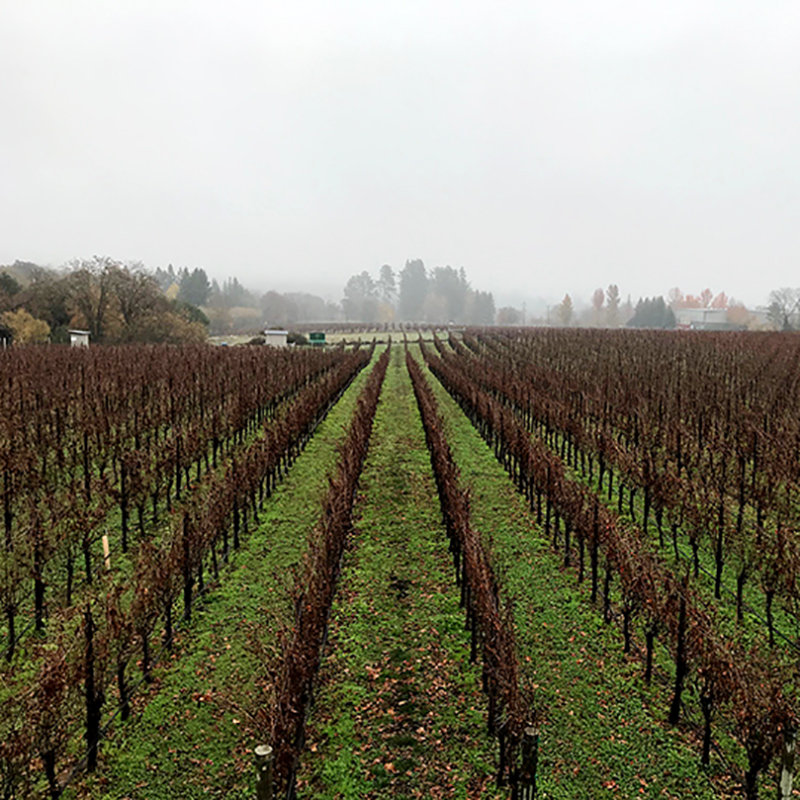
Our cover crop does more than carpet our vineyard, with a beautiful green color. It will also add nitrogen to the soil due to inclusion of legumes, in the seed mix. Legumes are a key element to sustainable grape growing, as they pull nitrogen from the air and “fix” it in their roots. It’s a natural way to replace soil nitrogen used by the grapevines. We till the cover crop into the soil every third year, along with their accumulated stores of nitrogen and other nutrients.
In the winery, things are also quite active. A careful study of microbiology is critical to winemaking success, and this time of year is when our understanding of yeast and bacteria comes into play. There are a variety of microbes present in the winery, which can frustrate our goals if not actively monitored.
Saccharomyces yeast is the workhorse, converting grape sugars to alcohol and carbon dioxide. Without this microbe, wine, as we know it, wouldn’t exist. With the variety of different yeast strains available to us, we can direct some of the stylistic character of our wine. We have specific yeasts we utilize for Chardonnay, Pinot Noir, Zinfandel, and the other wines we produce, each with unique characteristics.
Most of the several dozen fermentation lots we produce each year go from sweet to dry without difficulty. Yet a few lots need encouragement and close monitoring. With these lots, we watch for the appearance of unwanted microbes, while they complete fermentation. Usually, adjusting fermentation temperature, or boosting the fermentation with a stronger strain of yeast, will complete the job; but, we must be vigilant and proactive in these cases. An unusually slow fermentation can be problematic, because Saccharomyces yeast are not the only microbes that can metabolize remaining sugar. Bacteria that are used in other food production (yogurt, sauerkraut, kimchi, etc.) can find their way into wines, with a little sugar left. Less fruity, or vinegar-like wines, could be the result, and not the one we want!
A bacterial fermentation that we do encourage, post-yeast, is malolactic fermentation, which I’ve introduced in previous newsletters. This “M-L” fermentation is desirable, yet will require us to track its progress for the next few months. Along with barreling down the remaining wines in tanks, we’ll stay pretty busy in the cellar and lab.
CHANGE IN THE WEATHER
As harvest ends, the work in the cellar starts moving indoors and our beautiful fall days turn wintry. In our area, this means rain and relatively cold days. For the next three months, we’ll watch rain accumulate in the gauge, and arrive to work with morning temperatures in the mid-20s. Daytime peak temperatures will generally remain below 60°F, and the grapevines will be preparing for the next growing season.
Grapevines require a short period of winter chilling, to produce viable clusters the following year. This physiological need is much less than in some fruit (such as apples), but a period of dormancy is necessary for the vines’ health. When it’s cold outside, I visualize the uniformly beautiful winegrapes that will result from these cold days, and enjoy them.
It’s impossible to predict with accuracy how wet the next four months will be. Will we have a repeat of last year, with 27.5 inches of rain falling on our estate vineyard? Or, will the skies open up, and drop over 68 inches on us, as happened in 2017? Either way, our vineyard’s sandy loam, Goldridge soils will soak it up and be ready for 2019!
We were certainly relieved to have over three inches of rain from November 21-23 this year. The tragic wildfires in northern California had been blanketing our area (over 100 miles away) with hazardous levels of smoke and ash for the previous two weeks. Until the rain storms arrived, we were daily reminded of the similar fires, which rampaged through Sonoma County last year. Finally, on November 21, we could feel the relief that the rainfall provided, as it closed out our fire “season.”
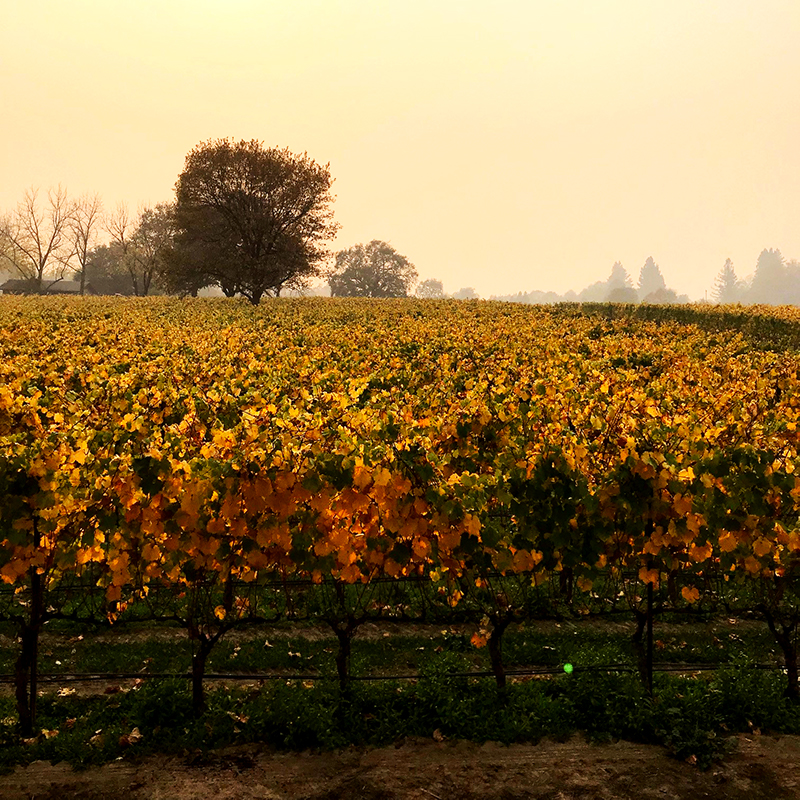
A TIME OF GIVING
A core belief at Ron Rubin Winery is the importance of philanthropy and volunteer work. To encourage all employees to be active toward this ideal, Ron and Pam Rubin offer every one of us paid time off each year to volunteer in the community.
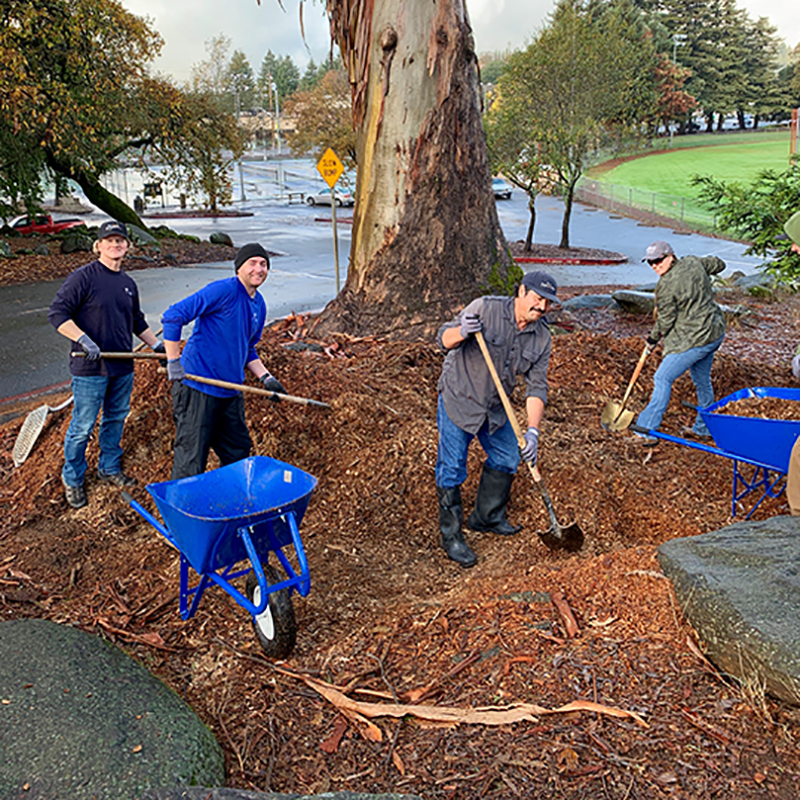
This past week, all members of the winery team spent a day working on cleanup projects at a local park. This was a great way to help prepare the park for winter, and good team building for us! Other outlets for our volunteer energies have included fundraising for Food for Thought, a local food bank, disaster relief with the American Red Cross, and trail construction with Sonoma County Open Space District.
These efforts give us much to be thankful for, and make the holiday season even more rewarding. We send warm holiday wishes to all of you, and look forward to connecting with you again in the new year!
Cheers!

